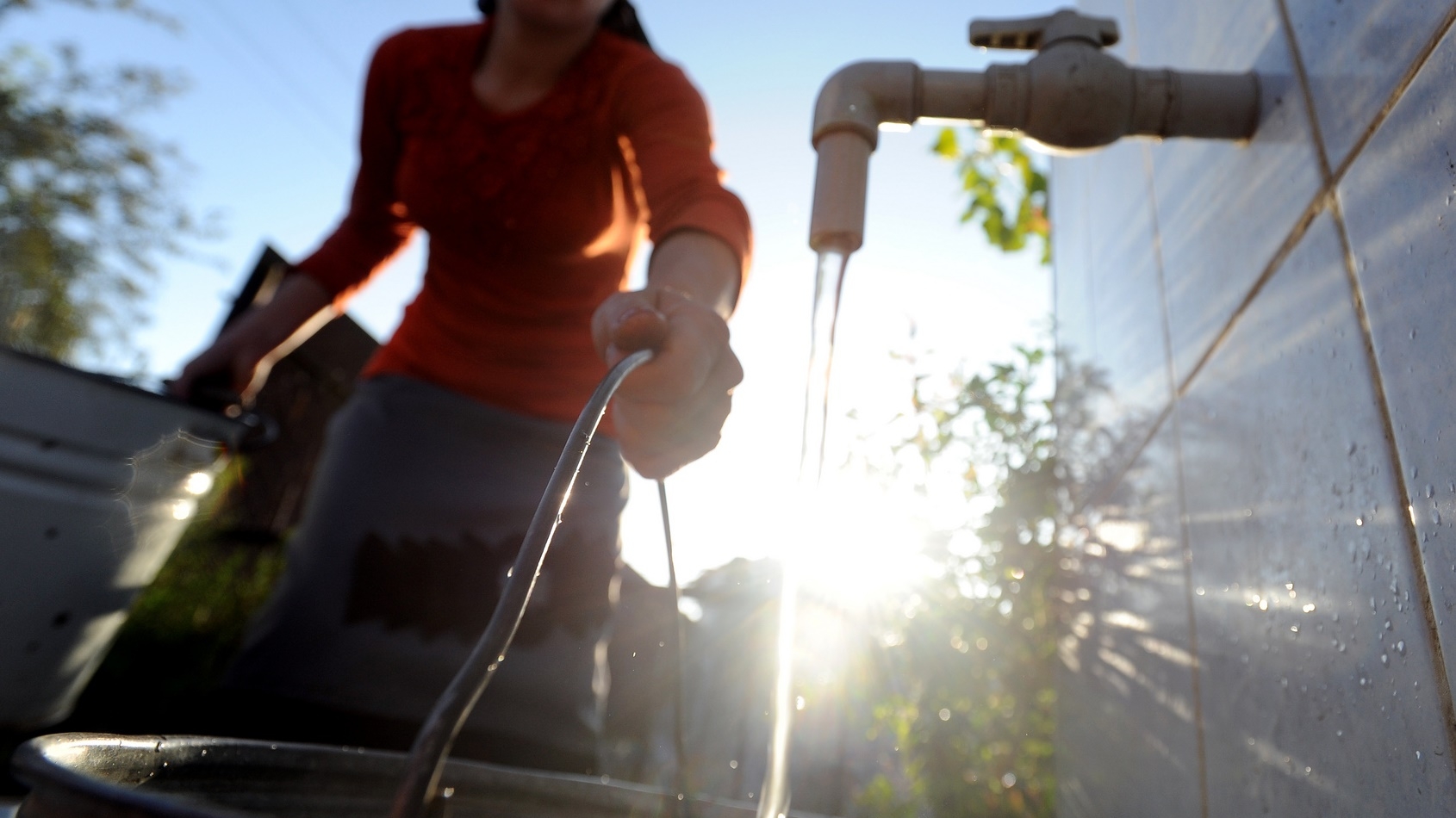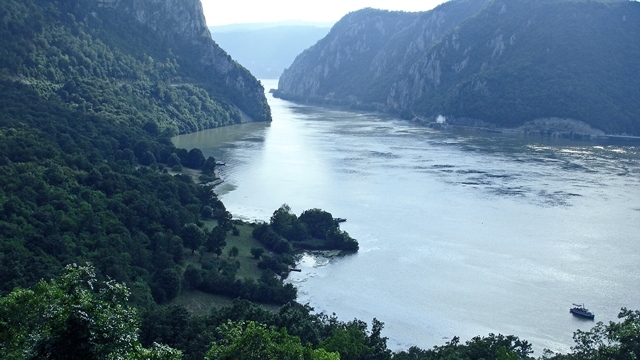Against this backdrop, a new report, Water and Wastewater Services in the Danube Region: A State of the Sector, aims to provide a roadmap for how to stimulate action and improve services for the tens of millions of people living along the Danube River basin.
The report analyzes the progress and challenges of 16 countries in delivering sustainable water and wastewater services to everyone, while meeting the European Union (EU) environmental acquis. By breaking down water services into the core components of context, organization, access, performance, and financing, the report seeks to encourage and inform a policy dialogue around sector challenges and across national borders, rather than provide a definitive set of policy recommendations.
While significant overall improvements have been seen over the last 15 years, countries across the Danube region still show very different levels of progress in their ability to provide sustainable services for all their citizens.
The level of progress generally reflects the level of economic development of a given country – with EU members, especially those that joined before 2007, benefitting from a generally stable policy environment and a steady stream of EU funding, while more recent members and candidate countries continue to struggle with public services gaps, especially among the most vulnerable, and underperforming utility service providers.
Governments and water service providers can implement clear accountability and incentive mechanisms, improved financing strategies – including more targeted and poor-inclusive subsidies – and improved management practices. Broader water sector financing frameworks are also needed to overcome an estimated annual investment gap of more than €2 billion.
In many countries, water service is generally continuous and the quality of the drinking water meets national standards. Despite overall improvements, however, the efficiency of utilities in most countries is below international standards.
Increasing costs have driven increases in tariffs throughout the region to the point where services might become unaffordable for low-income customers in some countries – yet the region is far from implementing the EU’s cost recovery principle.
Despite these challenges, however, there are also real opportunities. The report suggests that countries look closely at the local context to best understand and overcome the challenges that undermine the ability of these institutions to deliver. History has shown that the water and wastewater sector is open to change – and if governments base their efforts on solid analysis, they can continue to build a positive momentum for the sector.
EU integration does pose a challenge – but it is also a tremendous policy and financing opportunity for many countries.
Finally, the sector can count on a strong technical workforce which, together with reforms at managerial levels and in terms of accountability mechanisms, has great potential to move the sector forward and secure access to high performing water services for all the people in the Danube region.


